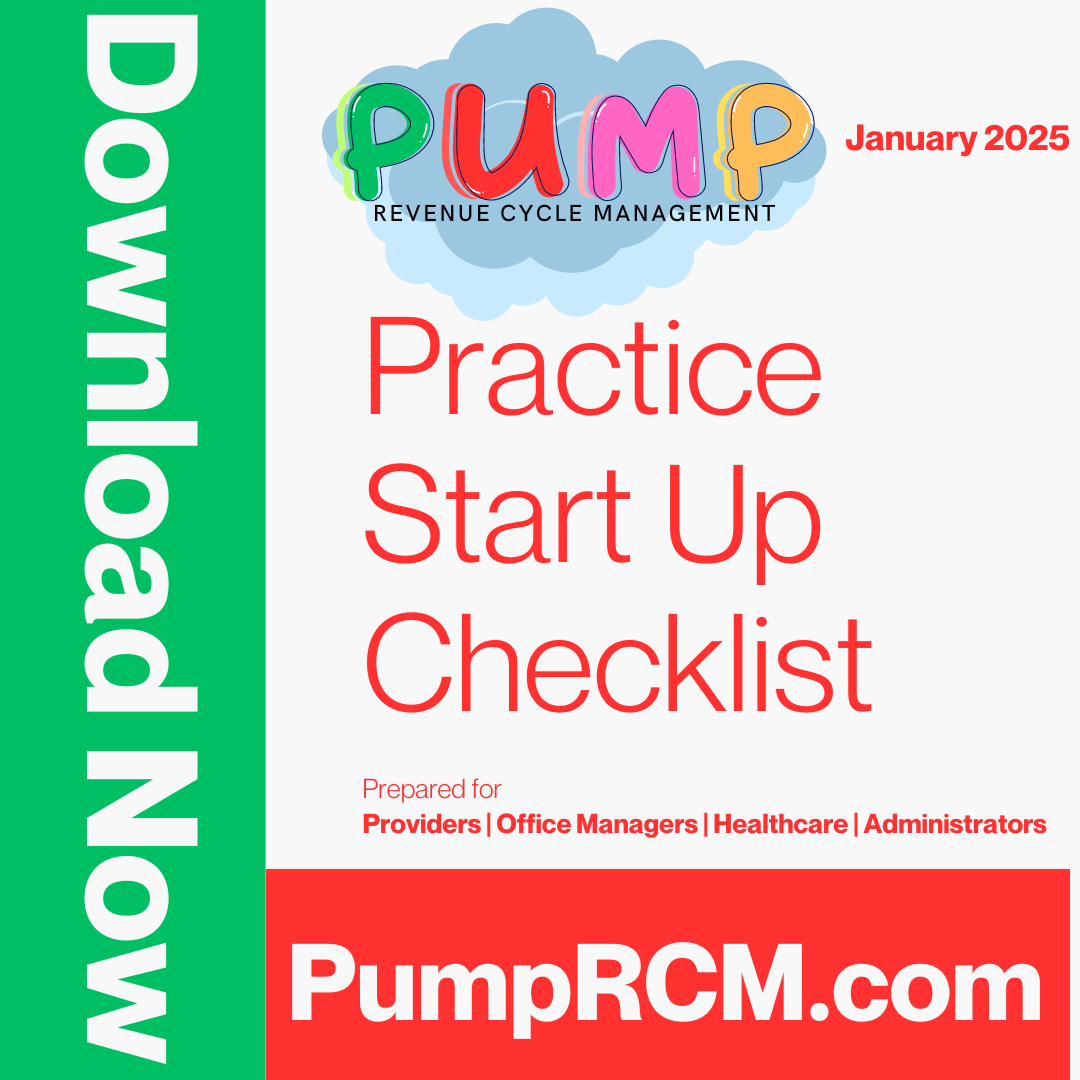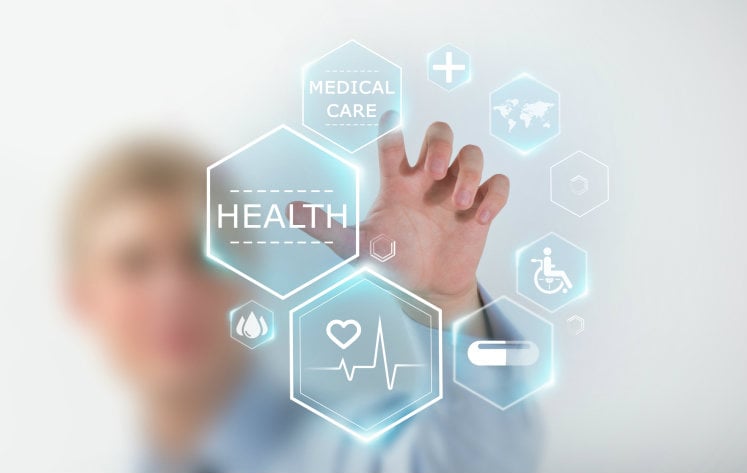Just How to Implement Healthcare RCM for a Smooth Revenue Cycle
Just How to Implement Healthcare RCM for a Smooth Revenue Cycle
Blog Article
Discover Just How Healthcare RCM Processes Transform Administrative Tasks Into Seamless Operations
In the ever-evolving landscape of healthcare, Earnings Cycle Monitoring (RCM) processes have become a pivotal force in transforming management jobs into smooth procedures. By using innovative modern technology and fine-tuned approaches, RCM offers a sophisticated approach to managing client registration, invoicing, and claims handling. These advancements not only lower errors and boost effectiveness but additionally speed up money flow and boost person contentment. Nevertheless, what lies beneath the surface of this transformative shift? What intricate mechanisms and approaches are used to make certain such seamless integration? The response to these inquiries are vital for comprehending the future of medical care management.
Recognizing Health Care RCM
Profits Cycle Management (RCM) in health care is a critical process that makes certain the monetary health and wellness of medical institutions by supervising the entire lifecycle of patient service revenue. It incorporates different administrative and clinical features, beginning from the preliminary organizing of a medical consultation to the eventual collection of settlement for solutions rendered. Healthcare RCM. RCM is essential in managing the complexities of invoicing and reimbursements, ensuring that healthcare companies receive settlement for their services successfully and accurately
Key facets consist of person organizing, insurance coverage verification, cost capture, case entry, and repayment posting. RCM is not only about economic collections; it likewise intends to boost person complete satisfaction by minimizing payment errors and boosting openness.
The efficiency of RCM rests upon the seamless assimilation of technology and human resource competence. Using sophisticated software services allows medical care institutions to automate repeated jobs, therefore reducing management problems. In addition, experienced personnel are essential in navigating regulative needs and payer policies, guaranteeing conformity and maximizing revenue healing.
Improving Individual Registration
Simplifying client enrollment is a fundamental action in improving the efficiency of health care profits cycle management. It entails optimizing the initial interaction in between people and doctor to ensure a smooth data collection process. Secret elements consist of the accurate capture of patient demographics, insurance policy confirmation, and approval acquisition. By digitizing these procedures with incorporated digital health records (EHR) systems, healthcare centers can lessen errors, lower documentation, and quicken patient throughput (Healthcare RCM).
Automated systems help in confirming insurance policy eligibility in real-time, which not just reduces administrative worries but additionally enhances patient fulfillment by stopping unanticipated billing problems. In addition, pre-registration processes enable patients to total kinds on-line before their see, reducing wait times and allowing personnel to concentrate on more complicated jobs. This proactive technique guarantees that all essential information is collected and confirmed prior to treatment is provided, thus stopping delays in subsequent billing and declares processes.
Training staff to use these systems successfully is vital. It makes certain that information access is consistent and precise, fostering a seamless shift from individual enrollment to various other earnings cycle processes. Inevitably, enhancing client enrollment lays the structure for an extra reliable, patient-centered health care delivery version.
Efficient Billing Solutions
Efficient billing solutions are integral to optimizing health care revenue cycle monitoring. They serve as the foundation for guaranteeing exact and timely monetary transactions between individuals, medical care carriers, and insurance business.
In addition, reliable payment solutions empower health care providers to use transparent rates and invoicing info to individuals, promoting trust fund and enhancing client satisfaction. Real-time payment systems allow medical care staff to give immediate feedback on client qualification and out-of-pocket expenses, boosting the general patient experience. These services also allow for seamless assimilation with digital wellness documents (EHR), ensuring that payment and clinical details remain in sync, lowering management problems on health care suppliers.
Integrating learn this here now effective payment services right into the income cycle administration framework not just optimizes operational effectiveness but likewise reinforces monetary performance. By decreasing errors, increasing payment cycles, and improving individual communication, healthcare organizations can concentrate a lot more on delivering top quality care while maintaining financial sustainability.
Optimizing Claims Processing

In the realm of health care profits cycle monitoring, enhancing insurance claims handling is essential for preserving monetary wellness and functional effectiveness. A streamlined cases procedure decreases the time between service distribution and repayment, thereby enhancing money circulation and decreasing the probability of mistakes. Effective insurance claims refining begins with precise documents and coding, which are important to make sure that claims are submitted without disparities that could bring about denials or delays.
Leveraging innovative technology, such as automated insurance claims monitoring systems, can substantially enhance the efficiency of this process. These systems are created to automate repeated jobs, track insurance claims via each phase, and flag potential problems early. This not only lowers the administrative burden on team yet additionally enhances the accuracy of submissions by reducing human error.

Enhancing Profits Collection

Furthermore, rejection management plays a crucial function in making the most of earnings collection. Identifying patterns in case rejections, comprehending source, and carrying out restorative actions can dramatically decrease persisting issues, therefore boosting cash money circulation. Suppliers should buy robust analytics tools that assist in in-depth coverage and analysis, allowing them to address and fix rejection patterns quickly.
Prompt follow-up on exceptional insurance claims is another essential aspect of income collection. Establishing a systematic method to keep an eye on and seek aged accounts ensures that no income web link is left unclaimed. Utilizing devoted personnel or automated systems to track these cases can enhance effectiveness and ensure consistent cash money inflows.
Final Thought
Medical Care Income Cycle Management (RCM) procedures dramatically boost administrative efficiency by integrating advanced innovation and human competence (Healthcare RCM). The automation of individual enrollment, billing, and claims processing reduces errors and accelerates money flow, eventually enhancing individual contentment through real-time insurance confirmation and transparent payment. By making sure smooth functional circulation, RCM allows health care service providers to prioritize high quality care while taking full advantage of income healing and maintaining financial security, hence changing administrative jobs right into reliable, streamlined procedures
Income Cycle Monitoring (RCM) in healthcare is a crucial process that ensures the monetary health of medical organizations by managing the entire lifecycle of client solution profits.Streamlining patient enrollment is a fundamental step in improving the performance of medical care earnings cycle administration. It includes enhancing the first communication in between clients and health care service providers to ensure a smooth information collection process.Furthermore, effective billing solutions empower health care suppliers to provide clear pricing and payment information to people, cultivating count on and boosting individual complete satisfaction. Real-time payment systems enable medical care staff to give immediate comments on patient qualification and out-of-pocket expenses, boosting the general patient experience.
Report this page